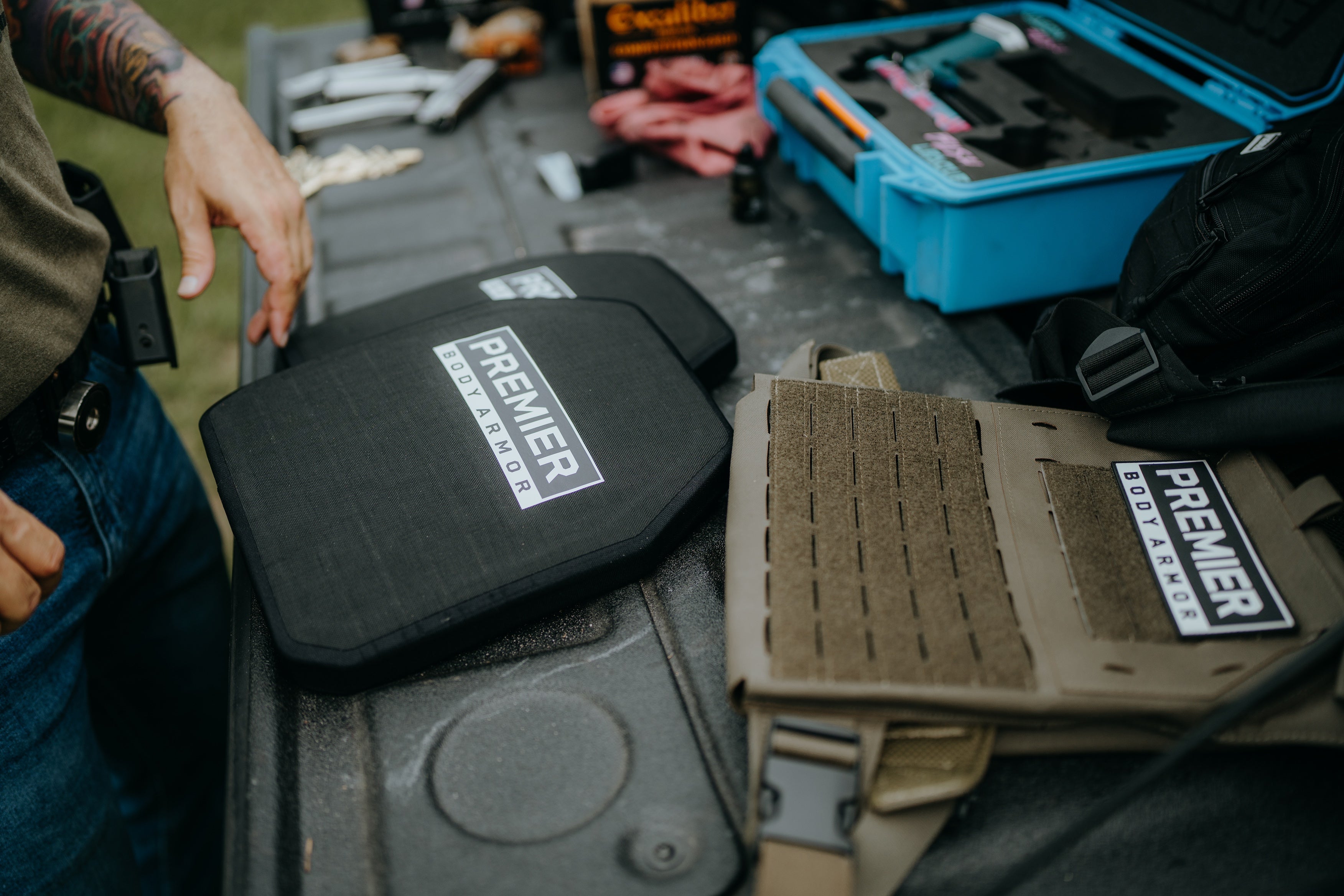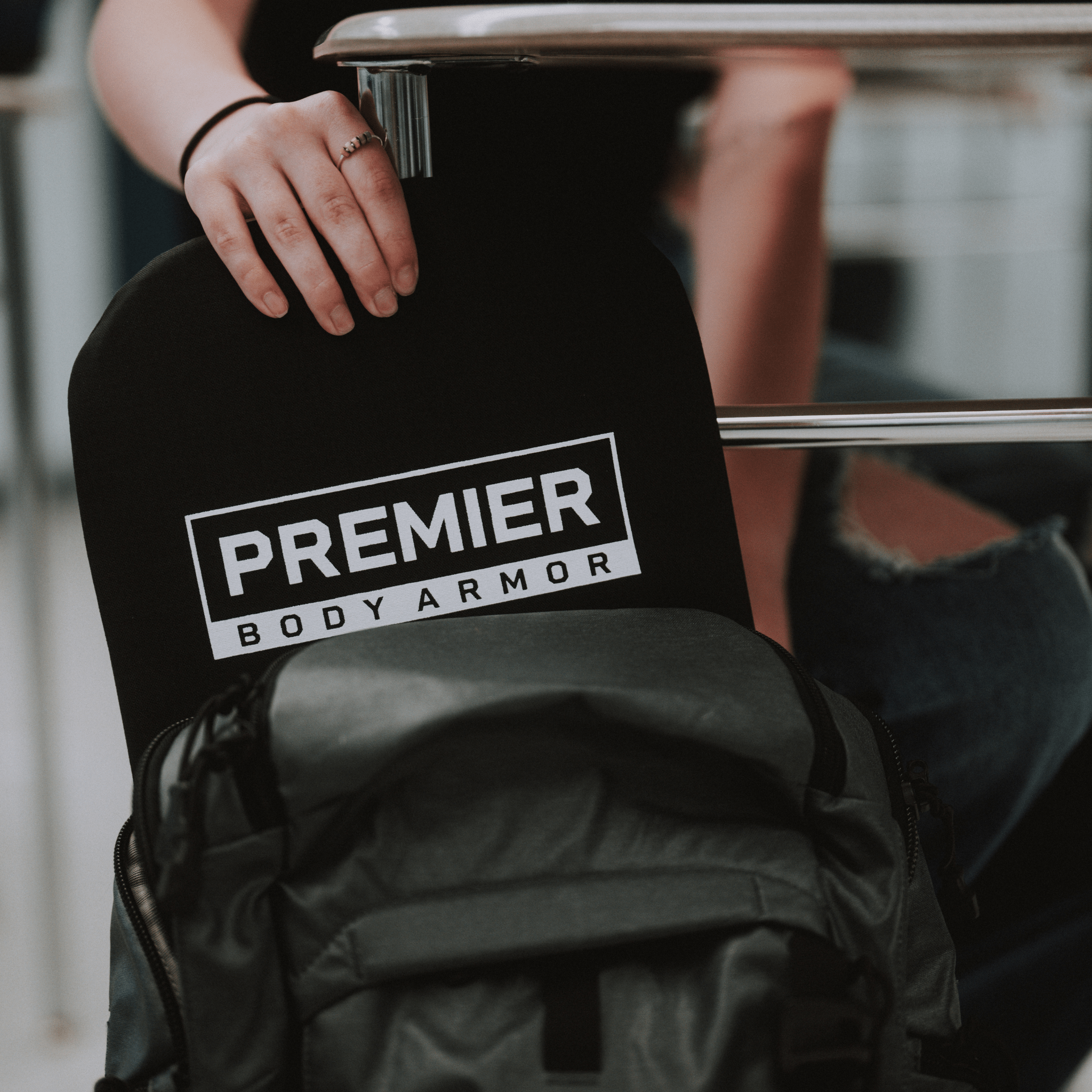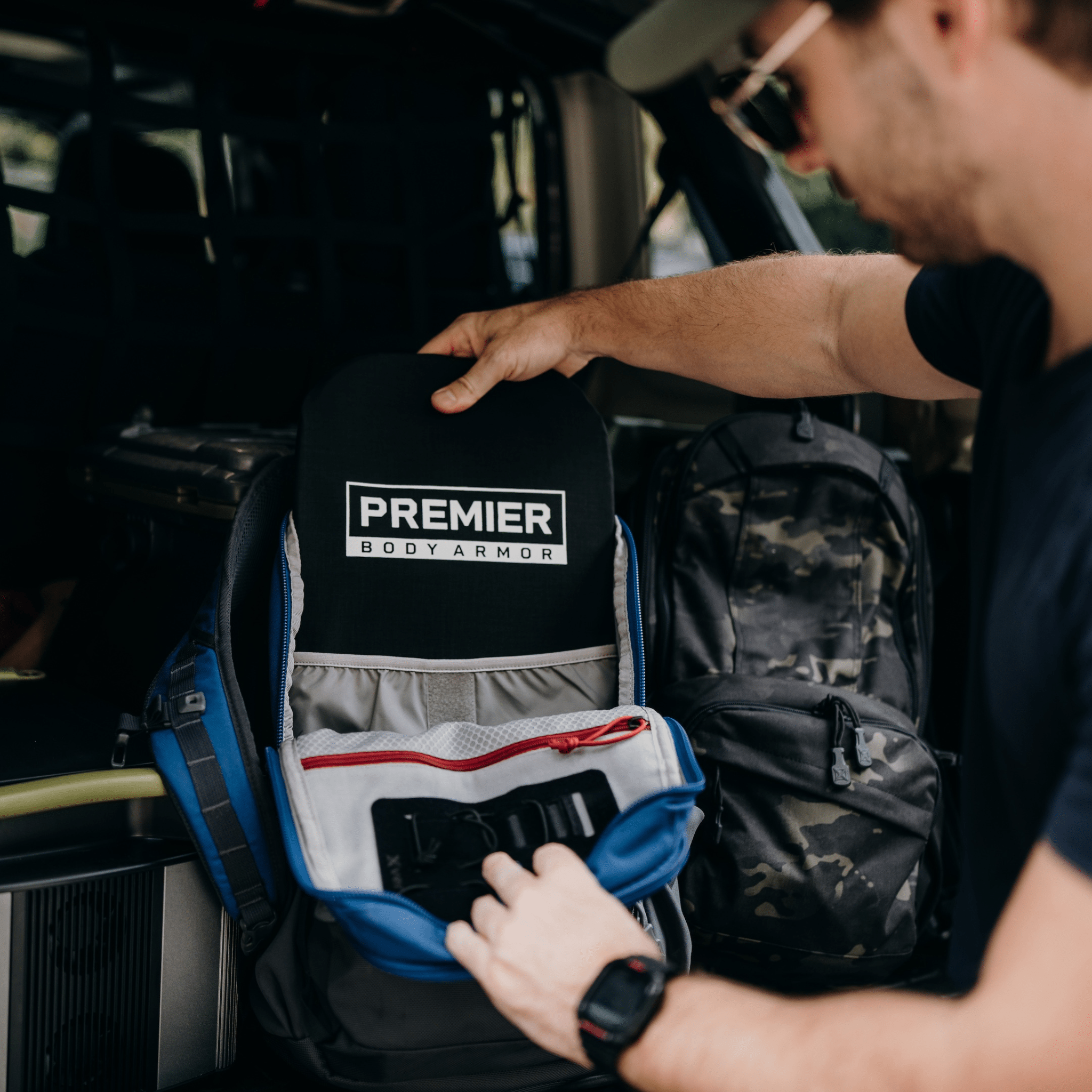Tips to Stay Safe While Traveling
Guest Blogger: Emily Johnson
With the holidays quickly approaching, chances are many of you are getting ready to hit the open roads or fly the friendly skies. While canceled flights, lost luggage, or a traffic jam is more likely to be your issue, it’s important to give thought to your personal safety before and during your travels.

Whether you’re a seasoned traveler or novice, on the road for fun or business, or traveling domestically or abroad, a bit of upfront planning and common sense goes a long way not only to keeping you safe, but also helping to give you peace of mind. You should be rocking that presentation or enjoying those tropical drinks and warm sands. Not standing in a police station filing a report.
Now, I don’t want to scare you away from traveling! I just want you to enjoy every minute of it (or have a productive trip, for you business travelers out there). So here are some tips to staying safe while traveling to keep in mind before you go and while you’re on the go.
Safety Travel Tips - Before You Go:
1.Safeguard Your Home
Who wants to return from their travels only to find their house has been burglarized or damaged? I know I don’t! So, before leaving it’s important to make sure your home is safeguarded from both outside threats and indoor ones.

2. Have an Emergency Contact
Designate an emergency contact and give them a copy of your travel itinerary. While on the road, make sure to check in with family or friends to let them know your whereabouts. That way someone will be able to alert authorities should they not hear from you.
3. Make Copies of Your Important Documents
It is always a good idea to give copies of your important travel documents (such as your passport) to your emergency contact in the event your passport or other important information goes missing. You may also want to consider getting a passport card in addition to your passport as a backup should it be needed.

4. Get Travel Insurance
You never need insurance until you need insurance. Travel insurance is important to not only give you peace of mind, but to also help protect you financially in the event you get sick, are forced to cancel your plans or valuable objects go missing while you’re out on the beach. It is also important to check with your medical insurance provider to see what their policy is regarding travel medical coverage.
5. Get an International Phone Plan
Most of us now travel with mobile phones. If you’re planning to travel abroad, you need to call your carrier in advance to see what international calling plans they have available.

6. Do Your Research and Gather Information
Before you go, make sure you know! Hop online or reach out to people you know to gather as much information about your destination as possible before you arrive. What kind of information, you ask?
- If you’re traveling internationally, check the State Department’s website for updates and country specific warnings or advisories and enroll in the Smart Traveler Enrollment Program (STEP)
- Get the contact information for the local police station, emergency departments and the nearest embassy.
7. Call Your Bank
It’s important to let your bank know where you’ll be to prevent unnecessary fraud alerts from stopping you being able to use your credit card or take out cash. As an aside, make sure you always carry emergency cash with you (or traveler’s checks) but keep it secure.

8. Make a Plan
While it’s unlikely, it’s important to have a pre-set plan in place that everyone in your party is familiar with just in case something happens. What do you do if you lose your wallet (or its stolen)? What do you do if you get sick? These are the things to think about before they happen.
9. Pack Smart
This is a broad topic ranging from packing what you need to leaving what you don’t at home. Unless it’s something you need, consider leaving valuables such as those diamonds and Rolex watch at home.
Expensive jewelry and other items can make you a target for theft. Also, consider packing personal protective gear, such as an armored backpack insert or laptop case. And always pack (and double check that you have) a first aid kit, bleed control kit, and your medicine.

Safety Travel Tips – On the Go:
- Situational Awareness perhaps the most important tip to staying safe while you’re on the road is to always maintain situational awareness. Paying attention to your surroundings, knowing where you and having a plan should anything happen is key to staying safe. Read more tips for situational awareness here!
- Don’t be an Easy Target – if you look like you’re from out of town, you are especially vulnerable to crime. Thieves target popular tourist spots. Don’t flash around cash or valuable items. Make it difficult for pickpockets by never keeping your wallet or cash in your back pocket and don’t be distracted by others. Often thieves work in groups. Never put all your cash or credit cards in the same place and consider utilizing hotel safes rather than carrying your passport or other valuables on your person while out and about. You might even want to consider purchasing a money belt that is worn under your shirt, making it incredibly difficult for thieves to steal. Oh, and your bags? Never let them go. Even if you’re sitting at a lovely restaurant overlooking the Grand Canal of Venice, make sure your bag is always tethered to you.
-
Secure Your Hotel Room – never assume that your hotel’s security measures are foolproof. Always lock and dead bolt your hotel room door. Consider purchasing a door jammer as an added layer of protection. Be careful to never let a stranger into your room, even if they appear to be hotel staff. You can always verify this with the front desk. And upon returning after a day of site seeing or meetings, take a quick look around before unlocking the door.
If something feels off, return to a public place, and alert the front desk to avoid someone following you inside. Also, it goes without saying that you never want to leave valuables laying around in the open. Utilize the in-room safe.

- Watch What You Post on Social Media – its great to take photos and chances are you’ll want to share them and other information with family and friends on your social media accounts. But remember, if you haven’t properly secured your accounts, you’re also broadcasting that you’re not home. This not only leaves your house at risk but shares your exact location as well.

Safety Travel Tips – By Plane:
If you’re traveling a long distance or abroad, chances are you’re flying. Here are a few transportation specific safety tips to keep in mind:

- Always carry your medicine on board with you
- If you’re traveling with small children make sure to bring an FAA approved child safety seat
- Keep your valuables on your person and always secure them
- Practice good situational awareness
- Consider purchasing protective body armor. Yes, the TSA does allow you to carry body armor on board. Check out our approved types of body armor!
Safety Travel Tips – By Car:

Just like flying, traveling the open road comes with transportation specific safety tips that again, you need to keep in mind:
- Buckle up! It’s the number one way to keep yourself safe on the road
- Know where you’re going before you go there. It’s great to have a map and GPS, but pre-plan your route and identify safe places to stop for gas, food, or rest (and yes, get plenty of rest. Don’t drive tired!)
- Don’t assume you’ll have a GPS single everywhere, especially if you’re headed into the more remote places in the world
- Be aware of your surroundings, particularly at rest stops and parking lots. Yes, situational awareness is again key!
- Always travel with extra supplies, an emergency kit, and essentials in case you breakdown or get hurt

- Make sure your phone is fully charged
- Have a spare tire and the tools you need to change it
- Give your car a once-over and double check your fluid levels before hitting the road
- Never let your gas tank fall below ¼ full
- Carry an empty gas can, extra fluids for your car and jumper cables
- Depending on your personal preference and destination, it may also be wise to consider carrying some type of personal protection. However, it is important that you are properly licensed and educated on how to store and utilize it. There are also several personal body armor options to consider, such as armored bags, blankets and accessories
While personal safety should be of the highest priority while traveling, it shouldn’t ruin your fun. By being aware of the tips and tricks you should utilize to stay safe and doing a bit of up-front planning and research, you can have a safe and enjoyable trip.
Happy Travels!









Leave a comment